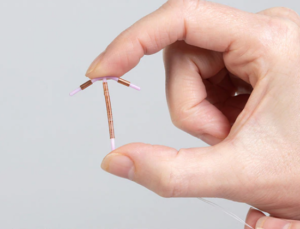Numerous lawsuits have been filed against Teva Pharmaceuticals, alleging that the company failed to warn patients about the significant risks and potential complications associated with a design defect in its contraceptive product, Paragard IUD. Approved for use by the FDA in 1984, Paragard is unique among IUDs in that it does not use artificial hormones, but instead uses copper to create an inflammatory reaction in the uterus to act as a spermicide, preventing fertilization of the egg.

Recently, however, the FDA reported that a defective design resulted in the arms of the T-shaped IUD breaking off and migrating inside the uterus, leading to severe damage to organs and internal tissue.[1] While easily inserted by doctors in a simple and quick process, the device’s potential to break during removal has created painful medical issues, necessitating a more complicated removal procedure. In the most severe cases, a hysterectomy may be required.
Other complications and injuries include the following:
- IUD device embedded in the uterus
- Migration or arm breakage of the device causing perforation and tissue damage
- Breakage during the removal procedure, so parts of the device are left behind
- Inflammation from copper residue
- Uterine and organ damage
- Infection
- Scarring
- Ectopic pregnancy
- Complications with sexual activity and reproduction after removal
If you or someone you know has suffered an injury related to Paragard IUD, you may be entitled to compensation. Call Allen & Allen today for a free consultation.
[1] See AUDE Adverse Event Report: TEVA PHARMACEUTICAL PARAGARD PARAGARD 380A, Food & Drug Administration, available online at https://www.accessdata.fda.gov/scripts/cdrh/cfdocs/cfmaude/detail.cfm?mdrfoi__id=3243367, Medsun Reports, Food & Drug Administration, available online at https://www.accessdata.fda.gov/scripts/cdrh/cfdocs/medsun/medsun_details.cfm?id=43201




